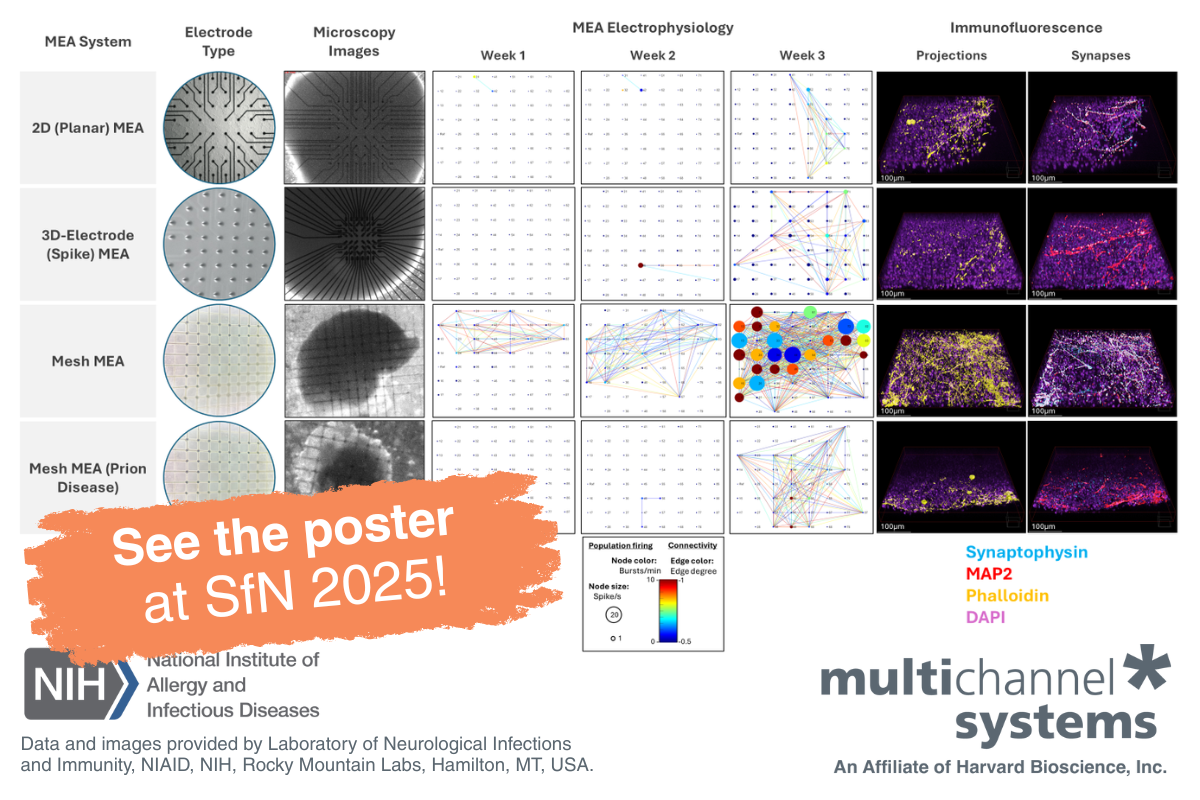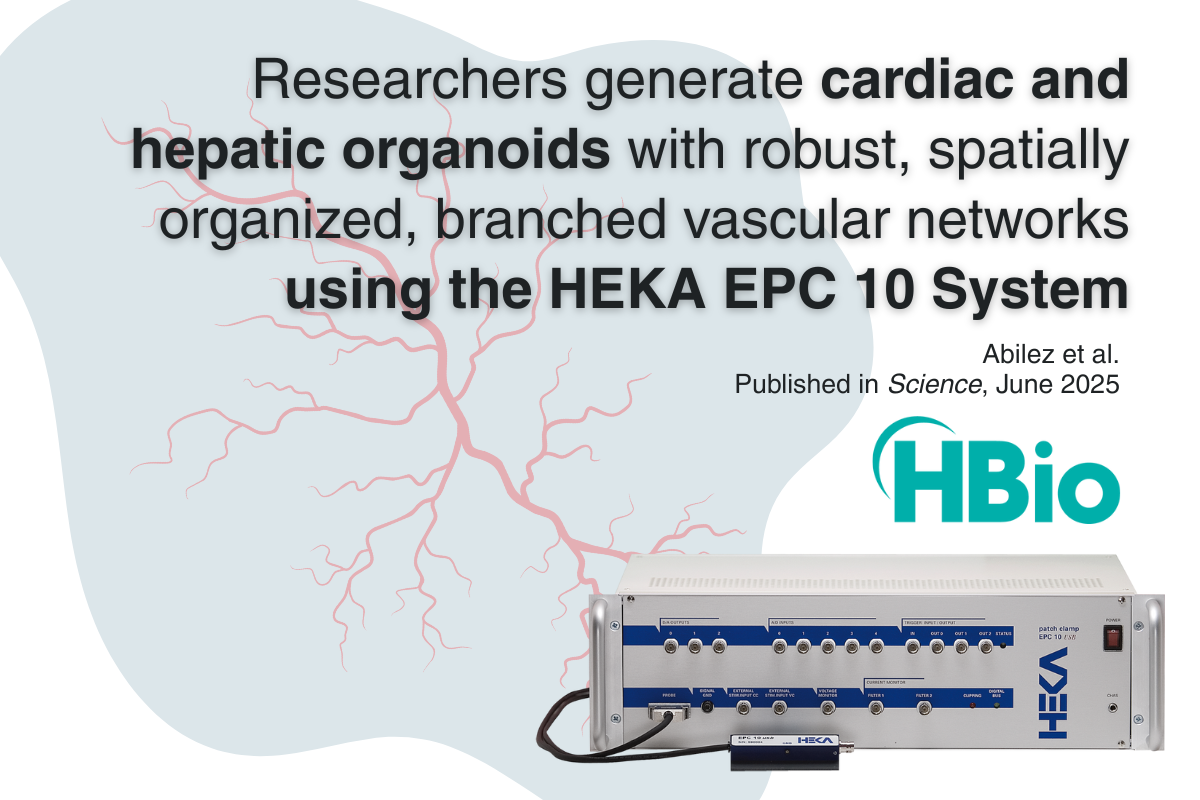
Why Jacketed External Telemetry is Setting a New Standard for Nonclinical QTc Assessment
A recent Eli Lilly study highlights Jacketed External Telemetry (JET) as the superior method for nonclinical QTc assessment, outperforming multilead snapshot recordings in both statistical and pharmacological sensitivity. JET’s ability to capture high-fidelity ECG data from conscious, freely moving animals makes it more clinically relevant and regulatory-aligned. Backed by 2022 ICH E14/S7B updates, JET sets a new standard for cardiac safety in toxicology studies.
In a regulatory landscape where the bar for cardiac safety continues to rise, pharmaceutical and toxicology researchers are under growing pressure to deliver precise, reliable QTc data. With the 2022 ICH E14/S7B updates now allowing nonclinical QTc data to supplement clinical findings, the importance of sensitive and translationally relevant preclinical cardiac assessments has never been greater. A recent study published in the Journal of Pharmacological and Toxicological Methods makes a compelling case for why jacketed external telemetry (JET) should be the preferred method in this domain.
The Study: A Head-to-Head Comparison of QTc Assessment Techniques
Researchers at Eli Lilly and Company directly compared two widely used nonclinical techniques for QTc evaluation in dogs leveraging DSI’s Ponemah software:
- DSI’s Jacketed External Telemetry (JET) in conscious, ambulatory animals
- Multilead Snapshot (SS) recordings in restrained animals
The goal was to evaluate both statistical and pharmacological sensitivity—two crucial metrics for determining how reliably a method detects drug-induced changes in QTc intervals.
Key Findings: JET Outperforms SS—Significantly
The study revealed that JET consistently outperforms SS in both statistical sensitivity (i.e., the ability to distinguish true signal from variability) and pharmacological sensitivity (i.e., detecting QTc effects in a dose- and exposure-dependent manner). For example:
- JET detected significant QTc prolongation from both moxifloxacin and ondansetron, whereas SS failed to detect consistent effects, particularly at moderate exposures.
- Statistical sensitivity, as measured by the least significant difference (LSD), was markedly better with JET—especially in crossover designs.
- The “one-step” analysis method, which integrates heart rate correction and statistical evaluation, further enhanced the sensitivity of JET.
These results directly support the use of jacketed telemetry in repeat-dose toxicology studies, aligning with ICH M3(R2) recommendations and best practice guidelines.
DSI’s JET Technology: Purpose-Built for Preclinical Precision
These findings underscore why DSI’s Jacketed External Telemetry (JET) system has become the go-to solution for high-sensitivity ECG monitoring in large animal toxicology studies.
Key benefits of DSI’s JET system include:
- Minimally invasive, wearable configuration that enables data collection from conscious, freely moving animals—more closely mimicking clinical settings.
- Continuous, high-fidelity ECG recordings that improve detection of both early and delayed QTc changes.
- Modular and flexible setup that easily integrates with other data streams such as blood pressure or respiration for multiparameter studies.
- Compatible with DSI’s GLP-compliant Ponemah software
By avoiding the confounding variables associated with restraint and intermittent data collection (as in SS recordings), JET technology offers the best of both worlds—clinical relevance and operational efficiency.
Practical Implications for Drug Development
With growing regulatory emphasis on integrated QTc risk assessments, the sensitivity of your chosen method can directly impact whether nonclinical data will be accepted to support clinical QTc waivers or mitigate regulatory concerns. The Lilly study makes it clear: when toxicology-derived QTc data are central to your assessment, external telemetry offers unmatched performance and regulatory confidence.
Conclusion
In the evolving field of cardiac safety, not all physiological monitoring systems are created equal. The latest research reinforces that external telemetry is not only more sensitive but also more aligned with best practices for QTc assessment in toxicology studies. With DSI’s JET technology, researchers gain a validated, high-performing solution for generating regulatory-quality data—streamlining development while safeguarding human health.
Learn more about DSI’s JET system here and contact us to discover how it can elevate your cardiac safety studies.
Citations
Abernathy, M. M., Best, D. D., & Leishman, D. J. (2025). The statistical and pharmacological sensitivity of nonclinical QTc compared to jacketed telemetry and multilead snapshot recording. Journal of Pharmacological and Toxicological Methods, 133, 107742. https://doi.org/10.1016/j.vascn.2025.107742




